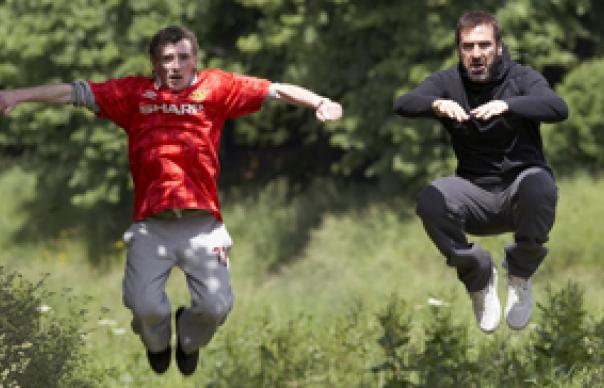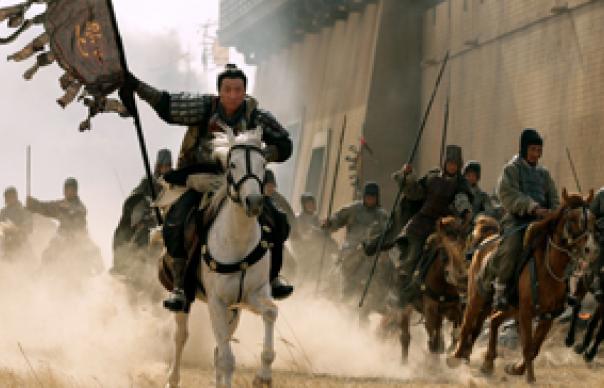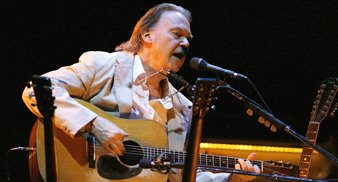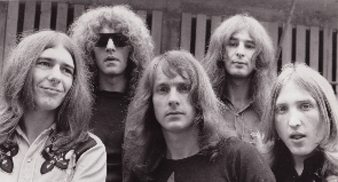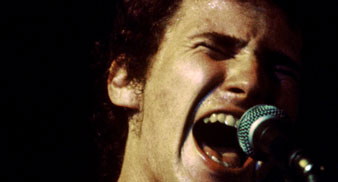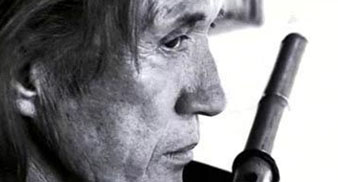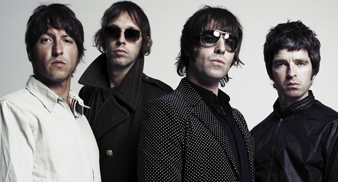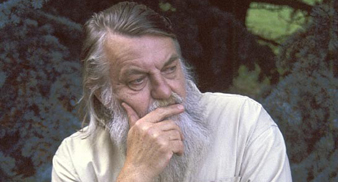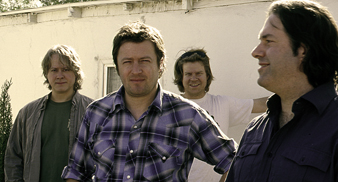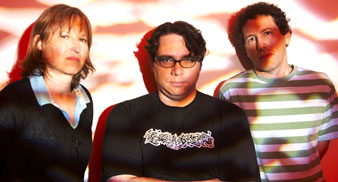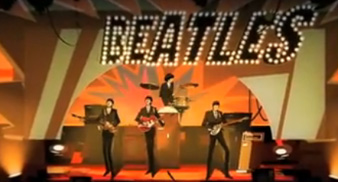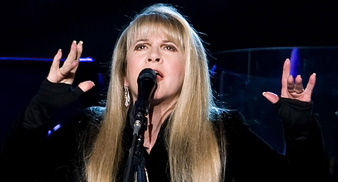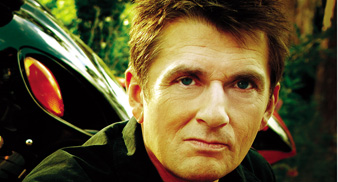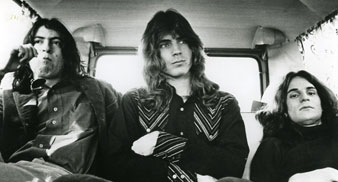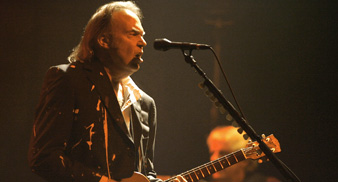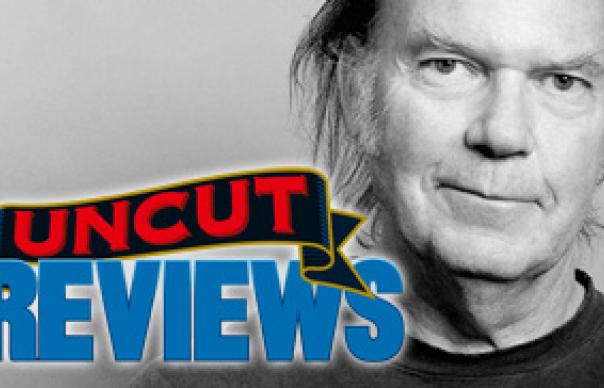Sad to report that David Carradine died yesterday. The star, of course, of Kung Fu, The Long Riders, Boxcar Bertha and Kill Bill, he was an old-school UNCUT hero.
As a tribute, here's some extracts from an interview Damien Love conducted with Carradine in December 2003, ahead of his appearance in Kill Bill Vol 2. It's great stuff - some yarns about teaching Dylan kung-fu, buying cars with Scorsese and an incident involving a dog and a very delicate body part...
UNCUT: Is it true that you introduced Bob Dylan to kung-fu?
CARRADINE: Well, Bob took some lessons. He didn't really stick with it, but we had some fun together. My master used to come out to my house and teach me every morning, and I thought Bob could profit from it, so we went over to his place, and he and his kids took a few classes with us. It was pretty cool. Bob was funny, y'know - anybody who's just beginning with kung-fu tends to be kinda funny, anyway, but he didn’t stick with it. But Bob's an amateur boxer. He knows how to take care of himself. I know he seems like just a little wimpy guy. As a matter of fact, he used to spar with Quentin [Tarantino]. Yeah, Quentin is an amateur boxer himself… You okay?
I was just trying to picture Quentin Tarantino boxing Bob Dylan.
CARRADINE: Yeah, it's a funny image. Aside from the fact that Bob is about five foot eight, something like that, and Quentin is about six-five. But yeah, Dylan showed aptitude for the kung-fu. He was kind of a natural, actually. But, I don't think it interested him enough. Bob had other fish to fry, other things to do.
Can I ask you a little about Kung-Fu? How would you sum up the effect that that has had on your career? Did you spend time trying to escape from Kane?
CARRADINE: I spent a little time trying to, but it couldn't be done, it became clear. The first couple of things I did after the series, I was trying to destroy the image – like, for instance, Death Race 2000 [1975]. After a while, it became clear to me that I couldn't, and it also became clear to me that I shouldn't. Y'know, it was a remarkable thing that happened, and it was really good for everybody in the world, so, y'know, why should I be trying to get rid of it?
When you say it was good for everyone in the world, how do you mean?
CARRADINE: It was responsible for bringing to a certain extent I think the detente with the Chinese. When it was first shown, it was real popular, but of course a lot of people hadn't even seen it, and a lot of people didn't even know what the hell it was, so they decided to show it again very shortly afterwards, I'm talking about the first pilot movie. The day that they were supposed to show it, it was pre-empted by Richard Nixon shaking hands with Mao Tse Dung to invite him into the UN. It was a revolutionary series.
You worked with Martin Scorsese on his second feature, Boxcar Bertha[1972]. What are your memories of him?
CARRADINE: Marty, who I had never heard of, came up to my little, I lived in kind of a Tennessee mountain shack on the top of Laurel Canyon, where all the rest of the outlaws lived. He came up the stairs and into my... clutches, so to speak. And he sat down, and the first thing he said to me, was: "Y'know, I really didn't want you for this part. I wanted somebody else." So I thought, okay, that's putting it right on the line. And I liked that. That honesty. And Marty, he had no experience making a commercial movie at all. He had made two movies before that, one was a tiny little short subject called The Big Shave. You ever seen that? Funny as hell, isn't it? And, of course, he made Who's That Knocking At My Door, but that was in 16mm, and it was essentially a school project. [On Bertha] he had a very difficult time getting what he wanted. And so I became his ally about all that stuff. And we got to be real friends. I remember he decided he needed to get a car since he was living in LA, and he knew I was really big on cars, so he asked me to help him to find a car, and advise him as to what kind of a car he should get an everything else. We went out and found him a vintage Corvette, if you can imagine Marty Scorsese zooming around LA in a Corvette. And then, you know, he grew very fast.
One your greatest roles is as Cole Younger, in The Long Riders [1980], with of course your brothers.
CARRADINE: Yeah. I relate to that one very strongly. He’s actually, a lot more like me. I mean, not that I'm going around robbing banks or anything, but that character, I put a lot of myself into it. And also, I was very fond of Walter Hill. I mean, we became like brothers.
Do you think that with you and your brothers, the Quaids, the Keaches and the Guests, it made it easier or harder for Walter Hill?
CARRADINE: Well, I don't think anything is really hard for Walter Hill. Y'know we brought the idea to him, and he got into it. We had a meeting, I was in London, rehearsing for a miniseries about the life of Gaugain, and he was coming back from Europe, and we met in a bar there. I just remember him looking at me and saying, "You really wanna make this picture?" And I said, "Well, do you wanna make this picture, really?" We were being a little cagey with each other I think. But once it was clear to us that each of us wanted to make it, that's when the picture became a go. Up until then, he wasn't certain, I wasn't certain, but between the two of us, it was really the two of us that decided to make the picture. We didn't create it, it was created by the Keaches. But it was me and Walter gettin’ together that settled it as definitely going to happen. And Walter pretty much kept that attitude through the whole picture. In the end, he was very careful to make sure it remained an ensemble, that he didn't give anybody too much of an edge. It was hard not to give Cole Younger an edge. In the first place, it was Walter's favourite character, and in the second place, I was, y'know, I was kinda stealing the picture. I remember after the first screening, Bobby [Carradine] came up to me and he said, "Dave, you stole that picture." And I said, "No I didn't Bobby, I just took it, fair and square."
I wanted to finish off with a couple of questions about "your reputation". I wanted to start with maybe the most famous, the one about you being discovered playing piano in a neighbour's house naked and covered in blood. How did that happen?
CARRADINE: I was taking peyote with the Indians. AI had left the session early on, I guess, and come home. So I walked around the house, made a few phonecalls, couldn't find anybody in, and meanwhile I'd taken off my clothes, so I decided to walk around the neighbourhood. I was walking into houses. Sometimes there were people there. Most of the time there were. And I'd do things like turn off the television set, stuff like that. I came up the hill, I got to a friend's house. He wasn't home, and in the living room there was a painting on an easel. So I stood there and worked on it for a little while. Then I decided to go down the hill, I could go down through the forest and come to my house, On the way, there's a little cabin. So I tried the door of the cabin and it was locked. I was feeling that doors shouldn't be locked. So I smashed the window. But it didn't break. So I struck it really hard and followed through, and cut myself pretty badly. I thought that was kind of strange and not too great, but what the hell. I went on into the house, and there was a piano there. And I sat down and played the piano. And, of course, that got blood all over the piano. Then I just went on with my life, you know. Walked down the hill and ended up driving my Ferarri up to this house I was building and lost a lot of blood. But I came out of it all right. Next day, of course, there was this hue and cry. But I sorta dealt with it. That's kind of a nutshell version.
Is it true that Willie Nelson bailed you out of jail?
CARRADINE: Uh, no. I was in jail. I'd gotten, y'know, on a traffic thing, I'd gotten busted and I was supposed to play in about like an hour at the Willie Nelson 4th of July Picnic, which he used to give every year. But it wasn't Willie that put up the money. It was all the security guards got together and did a collection, and they put up the money. It was only about $200. But I didn't have anything one me. I was in a jail cell and I needed to get out so I could come and play.
And did you play?
CARRADINE: Oh yeah.
One last one - is it true that a dog once tried to bite your penis off?
CARRADINE: Mmmmmm - not exactly. I had just moved in with the lady who owned him. And I was, in the morning, out in the backyard taking a whizz. And the dog was just trying to show me that this was his house, I think. And what he did was, he did actually take my cock in his mouth. But he was very gentle about it. He just wanted to show me, he didn't wanna bite it off. And I think that he knew that I had just made it with his mistress. So that's why he aimed at that, probably. And he was a huge dog. What I did was punch him in the head, threw a roundhouse punch at his head, to show him that, yeah well you may be boss on your turf, but y'know, so am I. But we got to be great buddies me and that dog. I mean, I loved that guy.
Sad to report that David Carradine died yesterday. The star, of course, of Kung Fu, The Long Riders, Boxcar Bertha and Kill Bill, he was an old-school UNCUT hero.
As a tribute, here’s some extracts from an interview Damien Love conducted with Carradine in December 2003, ahead of his appearance in Kill Bill Vol 2. It’s great stuff – some yarns about teaching Dylan kung-fu, buying cars with Scorsese and an incident involving a dog and a very delicate body part…


